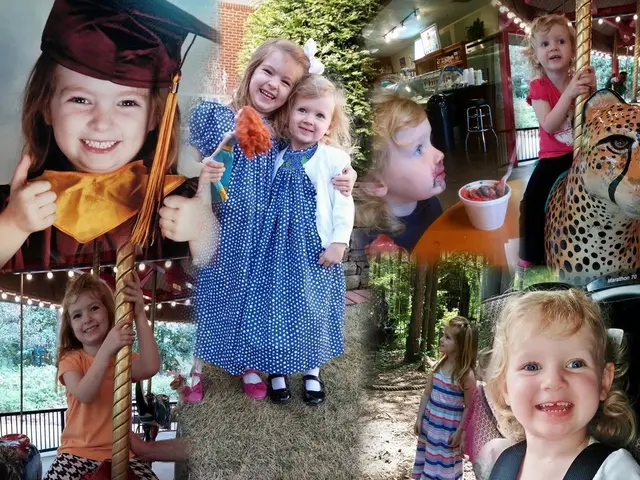Childspeak Enhancement Training
Speech and language disorders in children can be a source of concern for parents and caregivers. These disorders can affect a child's ability to communicate effectively, impacting their social and academic development. This article provides an overview of common speech and language disorders, their symptoms, and the treatment options available.
Understanding Speech and Language Disorders
Speech and language disorders encompass a range of conditions that affect a child's ability to speak, understand, or use language appropriately. Some common disorders include:
- Speech Sound Disorders (SSD): Difficulties with pronunciation, such as articulation disorders, phonological disorders, and Childhood Apraxia of Speech (CAS).
- Fluency Disorders: Conditions like stuttering, where speech flow is interrupted by repetitions, prolongations, or abnormal stops.
- Resonance or Voice Disorders: Affecting pitch, volume, or quality of voice, sometimes causing pain or discomfort when speaking.
- Language Disorders: Difficulties with understanding or using language appropriately.
Identifying Speech and Language Disorders
Milestones of speech development in children include babbling, cooing, and attempting to imitate words. By 12 to 15 months, a child should show signs of listening to adults, talking, and trying to imitate words. By 2 and 3 years, a child should have a much larger vocabulary and should be learning one to two words a day. By 18 to 24 months, a child should have no difficulty speaking 20 to 50 words coherently and should be able to join words together to form sentences.
If a child does not use any hand gestures or does not attempt to communicate in any manner between the age of 12-24 months, it might be a sign of a speech or language disorder. Similarly, if after the age of four, the child should be able to at least voice out simple needs in a way that a total stranger can understand, but fails to do so, it could be a cause for concern.
Treatment and Management Approaches
Speech-language therapy is the primary treatment for children with speech and language disorders, usually provided by a speech-language pathologist (SLP). The SLP assesses the child’s specific disorder and designs targeted interventions.
For articulation and phonological disorders, traditional articulation therapy focusing on correct sound production, phonological process therapy, and motor planning therapies are common approaches. Early intervention and family involvement with home practice are crucial for successful outcomes.
Fluency disorders like stuttering are treated with techniques that address speech flow, such as controlled fluency shaping or stuttering modification strategies. For complex disorders like Childhood Apraxia of Speech, specific motor planning therapies are needed, and professional referral to an SLP is essential.
Early Intervention is Key
Early, consistent speech-language therapy tailored to the child’s disorder type and severity is key to effectively treating or managing common speech and language disorders. Speech therapy works on the child's speaking ability to strengthen and enhance it. Other ways to encourage a child to speak include rewarding them for speech, watching interesting videos, singing actions, talking frequently, playing 'Simon Says', using identifiers, and image association games.
Activities like picture hide and seek, singing tasks, rhyming words, board games, colouring time, and reading bedtime stories can also aid in speech therapy and bonding with your child. Mirror exercises can be beneficial for children with articulation disorders, helping them recognize their mouth and tongue movements.
If you suspect your child may have a speech or language disorder, it is essential to consult a speech therapist. Early intervention can significantly improve a child's chances of overcoming their disorder and developing strong communication skills.







